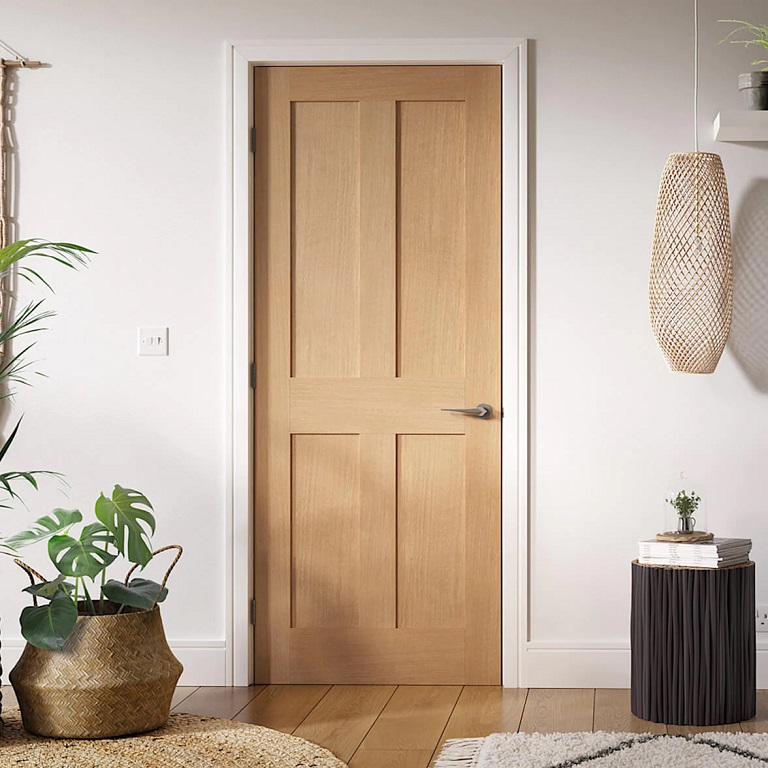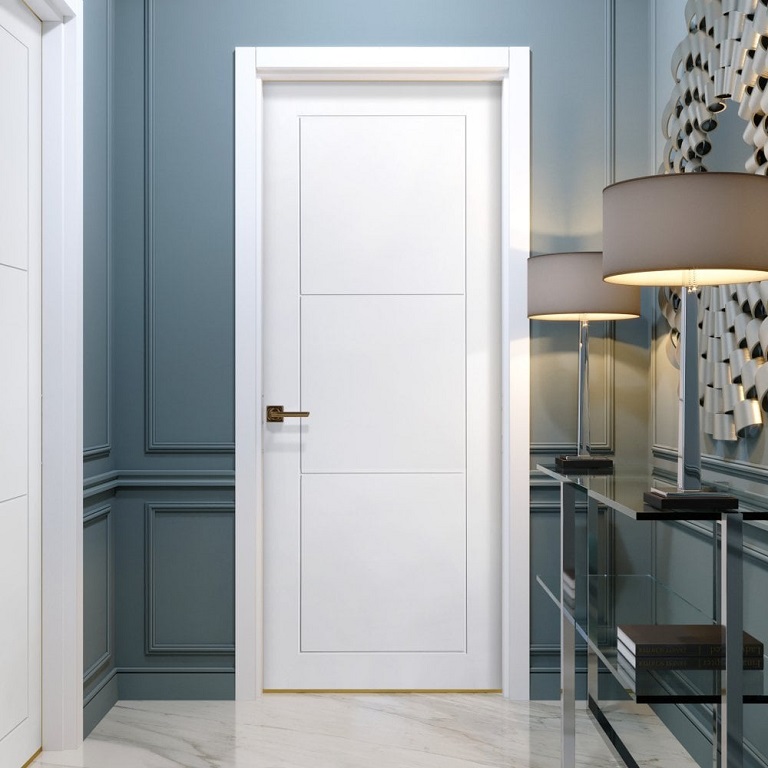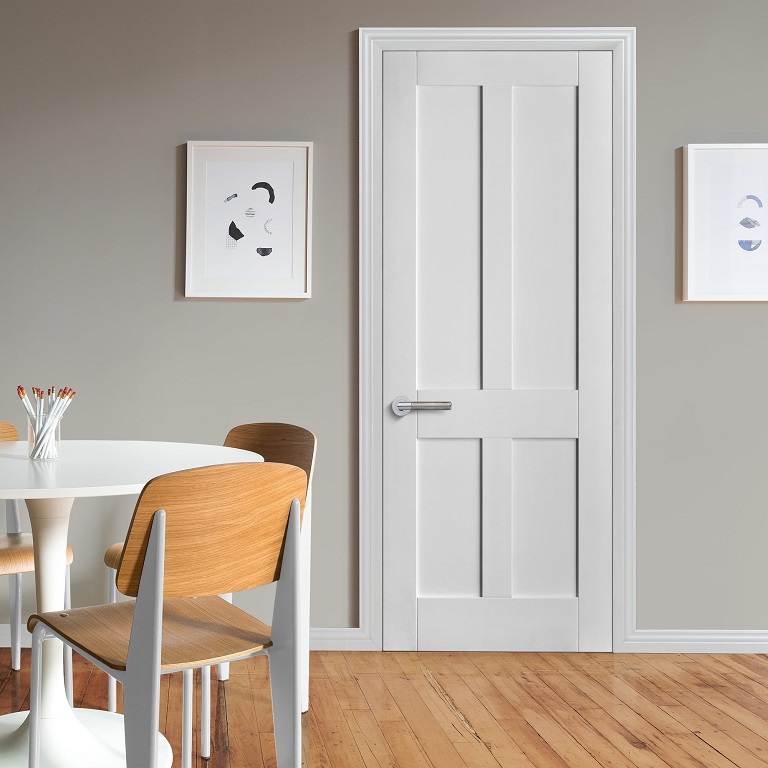Contents
Doors are probably one of the most overlooked aspects when remodelling your house or starting from the ground up. But interior doors are important. Besides giving you privacy and security, they can also add aesthetic value and take your home décor to the next level.
However, finding the ideal model can be tricky with so many options available. Naturally, some are better suited for certain spaces than others, given their functionality, design and size. But you don’t necessarily need to break the bank to get a suitable option that meets your needs.
Pick the Ideal Door Style

Picking the right style for your interior doors is not always a straightforward decision. If you’re looking for functionality and aesthetics in one, shop for sturdy and resilient federation doors designed with convenience and style in mind. This versatile door style matches the federation architecture of Australian homes built around the decades before and after 1900 AD.
Nowadays, federation doors for sale are available in two styles, the Victorian and Edwardian ones. Victorian doors often feature four vertical panels, two at the top and two at the bottom, each with an inlay moulding known as a “double ogee,” which is a curve wrapped around the edge of each panel.
These doors typically have raised panels like the back of a cricket bat and hefty “Bolection” moulding which gives them a strong, unique appearance. External doors are typically thicker than inside ones. To match the window joinery, curved top panels are frequently employed. Leadlight entries can be extremely ornate, featuring a fan, transom, and side lights. Hand-painted stained-glass elements are frequently a part of the more ornate varieties.
Nowadays, Edwardian doors may resemble Victorian ones, but the moulding type will usually be different, called “Ovolo,” which consists of a single convex curve with flat edges on top and bottom.
During this time, panel layout started to vary, particularly with federation doors, which frequently used two horizontal panels or one square panel at the top of the door and three long panels at the bottom.
On the other hand, the doors from the 1920s to the 1940s did away with the mouldings but kept parts of the ‘Ed/Fed’ period panel layouts. These doors were frequently constructed with solid, or ply panels made of Oregon or Redwood wood.
Another great style is the panelled one, especially for those who want to customize their doors. These units come primed and ready to paint and are either solid or hollow core moulded with a wood grain texture or smooth face, depending on your style. They will give you plenty of privacy and elegance regardless of whether you will varnish or stain them. Usually, most of these come with either two, four or six panels.
Your rooms will appear lighter and more spacious with glazed doors. For the greatest impact, choose a fully glazed door; alternatively, choose a partially glazed door for a unique appearance.
Sliding doors are a sleek and useful method to make a room or even save space. These are ideal for compact spaces like cabinets or tiny bathrooms where a standard door opening would not be feasible. Moreover, most security doors use the sliding method because of its convenience and appearance.
Choosing the Right Size Is Crucial

It’s important to consider the size while upgrading or installing new internal doors. Understanding your internal door sizes and any restrictions to your entryways will help you filter out inappropriate solutions and find the one that best works for you.
The most typical standard door size in Australia is 820mm wide by 2040mm high, but many newer properties now have taller doorways of 2340mm, so this is fast becoming a standard size for many ranges. This door size may also be referred to in inches by manufacturers or dealers in their lists or descriptions. Nevertheless, many manufacturers offer bespoke measurements, allowing their customers to have the style they desire in the appropriate size.
Settle for Nothing Less than a High-Quality Material

Choosing the ideal interior doors will differ from property to property based on homeowners’ usage, preferences, and other changing variables. Nonetheless, we believe it’s critical to understand the benefits and drawbacks of each material so you can choose the best option for your house and make investments indoors that will last.
Oak’s ability to insulate against heat and sound makes it one of the best materials for interior doors. Oak is a great option for busy homes, those with dogs, and those with small children because it is a hardwood with outstanding longevity. But keep in mind that oak internal doors can be pricier than alternatives. Additionally, compared to other options, oak doors may require more upkeep depending on the style.
Pine doors, on the other hand, are an excellent option for internal doors and a more affordable substitute. They are surprisingly resistant to swelling and shrinking caused by temperature fluctuations, and they are lightweight. Pine is a softwood; therefore, it can dent and scratch easily, making it not so good choice for those with small children or pets.
Paint-grade interior doors are an excellent option because of their simplicity of use and versatility. These doors, which are made of “paint-grade” woods, guarantee a perfectly smooth surface devoid of any discernible wood grain, knots, or uneven textures. As their name suggests, this versatile alternative is made specifically for people who wish to paint their doors to create a distinctive style that goes well with their interior decor. Affordable and long-lasting, you will have the desired style without going over budget.
Aluminium and glass options are valuable choices for those who want practical and cost-effective solutions. Still, in terms of style and appearance, nothing beats the wood alternatives. They’re inherently modern, and they don’t conflict with any existing decor. Composite doors are also a viable choice for those who want more durable options that require little maintenance.

